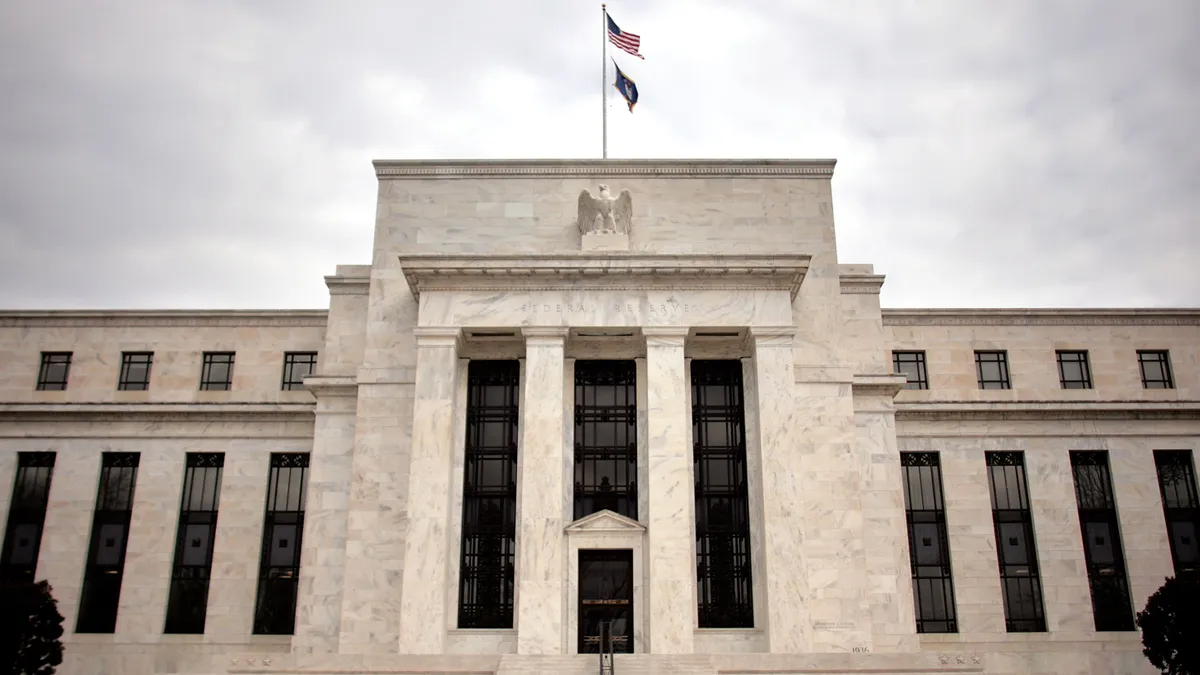Dive Brief:
- New York Federal Reserve Bank President John Williams predicted that the central bank in 2023 will bring down inflation from a four-decade high to a range of 2.5% to 3%, while emphasizing that monetary policy will probably need to stay tight for “a few years.”
- “We’ve communicated over and over and over again our commitment to achieve that 2% goal” for inflation set by the Fed, Williams said Tuesday during a Wall Street Journal webcast. “It will take a few years but we’re going to get that done.”
- “We’re going to need to have restrictive policy for some time,” he said, adding “this is not something that we’re going to do for a very short period of time and then, you know, change course.” Williams, who serves as vice chairman of the Fed’s monetary policy committee, indicated policymakers may increase the main interest rate to 3.5% or above from the current range between 2.25% and 2.5%.
Dive Insight:
CFOs must confront several conflicting shifts in the economy as they cope with high inflation and consider any resets to prices, investment and wages.
“The situation is very challenging — inflation is very high, the economy, like I said, has a lot of crosscurrents,” Williams said when discussing the Fed’s approach to borrowing costs.
Labor market strength and recent indications that price pressures may be easing coincide with signs of slowing economic growth, he said.
The economy shrank 0.6% during the second quarter after slumping 1.6% during the first three months of 2022, meeting the common definition of a recession as at least two consecutive quarters of negative growth. The consumer price index rose 8.5% last month compared with the same month last year after increasing 9.1% on an annual basis in June.
Mixed economic signals emerged on Tuesday.
U.S. job openings increased last month to 11.2 million from 11 million in June, while layoffs and discharges fell slightly, the Labor Department said. For several months the number of available jobs has far exceeded the number of people looking for work.
The rise in home prices slowed in June, highlighting how the Fed’s effort to curb inflation by increasing borrowing costs has cooled the housing market.
The S&P CoreLogic Case-Shiller National Home Price Index rose 18% in the year through June compared with a 19.9% increase in May. The index gauges the average price of homes in the largest U.S. metropolitan areas.
Also, the Conference Board said Tuesday that its Consumer Confidence Index in August broke a three-month streak of declines, rising more than economists’ forecast to 103.2 from 95.3 in July. A 9% decline in the price of gasoline during the past month has lifted consumer spirits.
“Looking ahead, August’s improvement in confidence may help support spending,” according to Lynn Franco, senior director of economic indicators at the Conference Board. “But inflation and additional rate hikes still pose risks to economic growth in the short term.”
Fed policymakers at their Sept. 20-21 meeting and subsequent gatherings will examine “the totality of all the data” when determining the future level for the federal funds rate, Williams said.
The central bank at each of its last two meetings increased the main interest rate by 75 basis points in its most aggressive pullback in stimulus since the 1980s. A basis point is one hundredth of a percentage point.
“Even though it will take time to see the full effect of the policy adjustments we have made to date, I don’t think we are done tightening,” Atlanta Fed President Raphael Bostic said in an essay published Tuesday. “Inflation remains too high and our policy stance will need to move into restrictive territory if inflation is to come down expeditiously.”












